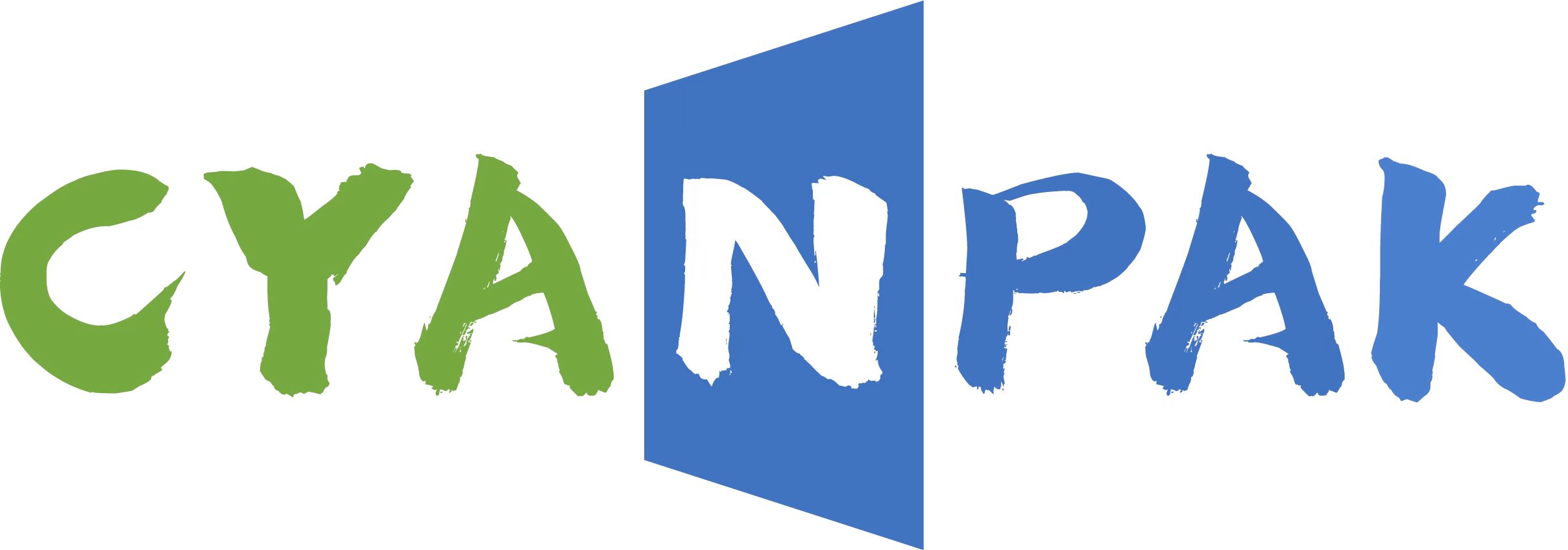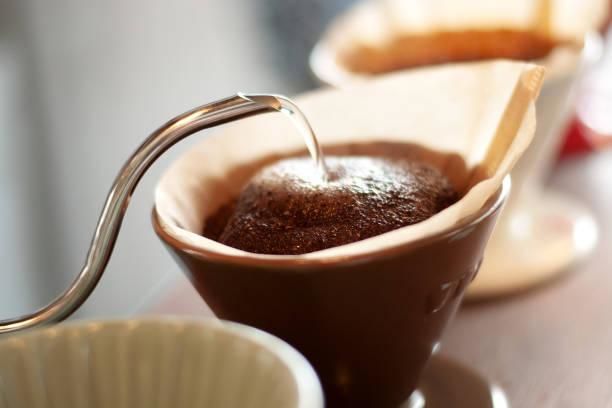Cacao and coffee are both crops with many similarities. Both are gathered as inedible beans and thrive in particular tropical conditions that are only present in a few nations. They both require substantial roasting and processing before they are fit for consumption. Each also features a sophisticated flavor and scent character made up of hundreds of different ingredients.
Although they taste different from one another, the flavors and fragrances of chocolate and coffee go well together. They have a long history of being paired off, which is noteworthy. The café mocha, a hot chocolate drink composed with milk, sweetened cocoa powder, and an espresso shot, is a common variation of this. Additionally, it’s simple to find chocolates and sweets with artificial coffee flavors in a lot of retail establishments.
The roasters are arguably best positioned to give clients coffee-infused chocolate, a trend that is getting more and more popular during holidays like Easter and Christmas, even though these goods present potential for stores and cafés.
Knowledge-infused chocolate
Both adults and children enjoy chocolate, however older individuals prefer to consume it less frequently. Age and the desire to eat “healthier” go hand in hand, thus adults are more inclined to select organic, single-origin, bean-to-bar chocolates. Specifically, those that are low in environmental and human impact and devoid of allergies like gluten and dairy.
Today’s market has a wide variety of products with coffee scents or flavors, from liqueurs and cakes to candy and soft beverages. Water, fractionated vegetable oils, propylene glycol, artificial flavor compounds, and coffee are typically combined to create artificial coffee flavoring. A synthetic addition with no flavor or odor, propylene glycol dissolves materials more effectively than water.
These flavorings for coffee can be made up of dozens of different substances, many of which have developed over time to become more stable and durable. It is crucial to remember that these flavors must pass muster with each nation’s own food regulations. The flavors also need to stay within a specified price range and not react to any packing materials or processing machinery they come into touch with.
Specialty coffees have distinctive flavors, whereas mass-produced coffee flavorings typically have a consistent sweet flavor to appeal to as many consumers as possible. This typically results in the disappearance of any discernible fermented, sweet, or sour coffee overtones, as well as any notes present in the chocolate itself.
Why do specialty coffees get infused into chocolates?
Specialty coffee can be used by roasters to provide a natural flavoring that can be added to any chocolate product. Furthermore, because handmade chocolate uses many of the same production techniques as speciality coffee, developing a line of it may be a logical expansion of a coffee business. This involves emphasizing the production of high-end, ethically manufactured items in smaller batches as opposed to mass-made chocolate that is of uniformly low quality. These kinds of elements might make it appealing to your current consumers and perhaps draw in new ones.
Consumer demand for coffee shops and roasters to offer more than simply coffee appears to be on the rise, according to recent statistics. A chocolate-infused coffee or chocolate with a coffee flavor can be added to help serve these customers and make more money. Along with being a perfect complement to coffee, chocolate is also simple to preserve and market.
RAVE Coffee, a speciality roaster that provided limited-edition coffee chocolate Easter eggs over the holiday season, is a perfect example of a roaster that has accomplished this. The brand’s premium Costa Rica Caragires No. 163 coffee was injected into each of the 100 eggs, which were handcrafted with blonde, caramelized chocolate. According to reports, the final mixture had 30.4% cocoa solids and 4% freshly ground coffee that was ground to a particle size of less than 15 microns to ensure maximum flavor and a smooth texture.
Past crop coffees can be used by roasters to make flavoring, preventing waste. Carbon dioxide, liquid or solvent-based extraction, as well as steam distillation, are all methods used to extract natural coffee flavoring from coffee beans. Different manufacturing techniques and roast profiles will have an impact on the amount of caffeine, polyphenols, and extracted flavor compounds in a coffee, which will lead to the manufacture of various coffee flavorings. The degradation that may result from pasteurization and chocolate processing will also have an effect on the coffee flavoring.
Flavored chocolate pairings and combos
The process that roasters employ to incorporate coffee into chocolate varies depending on the amount produced and the intended audience. Additionally, it will need finance, planning, and instruction, just like any new venture. The combinations of texture, acidity, mouthfeel, body, aftertaste, and complexity that can be used in chocolate infusion are listed below.
Dark chocolate
Dark-roasted, slightly bitter espresso beans with smoky undertones go nicely with dark chocolate. Additionally, it goes nicely with fruits like cherry and orange as well as flavors like cinnamon, nutmeg, vanilla, and caramel. Fantastic flavor combinations can also be created using nuts, fried fruit, and salty additives like sea salt or bits of pretzel.
From Vienna and Italian roasts to those with greater balance, such a French roast, roasters are available. Indonesian, Brazilian, Ethiopian, and Guatemalan origins are just a few examples of origins that can be employed.
Milk chocolate
The acidic and fruity aromas in light and medium roast coffees go nicely with milk chocolate with a cocoa level of less than 55%. Those with 50% to 70% cocoa content have a fuller texture and less acidity. These coffees have delicate flavors that a stronger or darker coffee may easily overpower. Colombian, Kenyan, Sumatran, Yemeni, and Ethiopian origins are acceptable choices.
White chocolate
While the average amount of cocoa solids in chocolate is under 20%. Roasters can make this chocolate more sweet by pairing it with strong coffees that have noticeable fruity, acidic, spicy, and acidic aromas.
It can be difficult to decide to start or fund an infused chocolate company. It can, however, be a well-liked addition to the current product line with the right preparation. Cyan Pak can assist you whether you already have a branding and packaging concept in mind or just need one to go along with your current design and color scheme.
At Cyan Pak, we provide a variety of environmentally friendly packaging choices that may be completely customized to meet your company’s demands. Whether your speciality chocolate needs to be compostable, biodegradable, or recyclable, our team of experts can help you locate the ideal material, and our creative team can work with you to build packaging that tells the world your particular story.
Post time: Jul-18-2023




